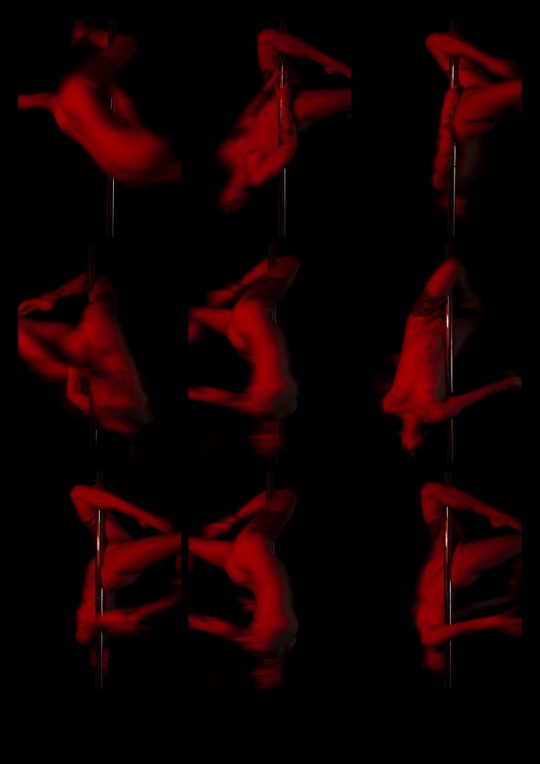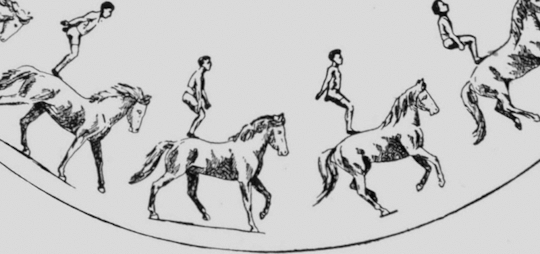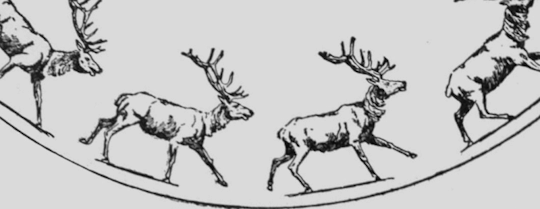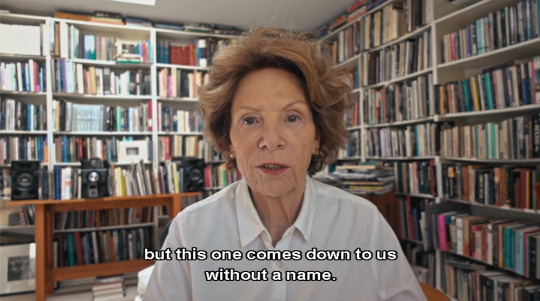#muybridge
Explore tagged Tumblr posts
Text

Muybridge docet.
#eadweard muybridge#Muybridge#photography#urbanscape#monochrome#beauty#portrait#pole dance#pole#dance
274 notes
·
View notes
Text

edward j. muybridge 'walking, taking off hat' collotype print 1887.
15 notes
·
View notes
Text
youtube
5 notes
·
View notes
Text
Guy Delisle's Muybridge takes us to the early history and invention of motion pictures #comics #graphicnovel
#drawn and quarterly#featured#Graphic memoir#graphic novel#graphic novels#guy delisle#muybridge#video
0 notes
Text
The film Prospectus Eadweard Muybridge, Zoopraxographer, directed by Thom Andersen, explores the work of Eadweard Muybridge. Muybridge was a notable photographer in the 1890s, who was interested in capturing motion in pictures. He designed and invented a projector that displayed the motion pictures he captured at a fast rate, similar to modern-day animation. Narrated by Dean Stockwell, the film suggests that Muybridge's main contribution to the worlds of visual photography and film made it possible to trick the eye into thinking a still image of an object is moving through a sequence of photos.

The audience is encouraged to take a different approach to Muybridge's work by highlighting how the various muscles of the being captured contribute to the likeness of the subject. The film also includes many still shots of the same subject but from different camera angles. This suggests that all photos can tell a story or state of existence beyond a camera's static image or stillness. There are many references to Muybridge's discovery of motion pictures, including the ever-present horse galloping sequence. This example is commonly found in antiques and children's toys, reminding us of how cinema developed from these photos. As a result, Muybridge's original work has been stored and preserved by the Library of Congress due to its historical and aesthetic significance.

0 notes
Text
Eadweard Muybridge, Zoopraxographer (1975) is a film essay by Thom Andersen
While watching this film I found it painstakingly long, but I did find some value in Muybridge’s legacy on photography, cinema, and the task of documentation within history. His many shocking series of naked figures partaking in motions range from ordinary to startling. They aimed to challenge the human perception of beauty and right from wrong. Today, we are quite desensitized to sexuality and scenes depicting the unclothed body, but Muybridge experimented with more than just that in an era where even the thought was obscene and crude. His series emphasized the human condition using a lack of perfection or pretty angles. Our obsession with how we present ourselves to the people around us has only increased due to the media and new technologies, and though Muybridge was an insane, dare I say intensely creepy, guy he was transparent about his intentions to photograph his models in harsh lighting and humiliating conditions.
His images, in quick succession, created the first motion-picture film which is a highly incredible legacy to leave; leading to the world of cinema and opening a door for a new artform: film. Although, when I finished watching this documentary on Muybridge, I found myself questioning the historical significance of his works. Yes, I can appreciate the cultural significance of desensitizing audiences by juxtaposing the naturalness of the figure’s movements with their unnatural nakedness, but does his legacy boil down to film as art? It wouldn’t be a bad legacy to leave, but I can’t help but wonder if I appreciate his works because of how radical they were at the time or because I appreciate the influence he left on contemporary film today. Either way, he opened people’s minds when it comes to how people are perceived, documented the human condition (which he staged himself, so not completely authentic), and gave us a better understanding of movement as a form of expression.
0 notes
Text
Eadweard Muybridge
Plate Number 197. Man and woman dancing a waltz, 1887
66 notes
·
View notes
Text

Brandywine Park 2 #monotype #printmaking
1 note
·
View note
Text

Eadweard Muybridge
597 notes
·
View notes
Text







examples of the 'zoopraxiscope' optical illusion, eadweard muybridge, 1879.
570 notes
·
View notes
Text
"I should like to see your boxing pictures," the Prince of Wales told Muybridge, who replied, "I should be very happy to show them, your Royal Highness."
0 notes
Text
space photography is a weird case artistically b/c it's explicitly not intended to convey what the naked human eye could perceive but a heavily processed visualisation of data. so kind of more akin to like an anatomical diagram that has all the organs laid out neatly so you can see what the hell you're doing. but then space photography is also a weird case scientifically b/c it has aesthetic dimensions that account for its popular reception & also guide the data processing. like the choice of colours, saturation, &c are intended to produce a pleasing picture, & the picture is put to rhetorical ends: usually a kind of generic humanist delight with the advancement of (gov't) space exploration. so in that sense the space photograph is specifically most like the anatomy in eg a vesalius plate: an artistic piece, used to defend a certain metaphysics wrt 'man's place in nature' &c. not exactly an untrue image but certainly an artificial one (as in: the product of artifice; of an artistic process; not intended to provide a simple 1:1 visual translation of nature but to interpret & advance an argument about it)
2K notes
·
View notes
Text












Marta Braun explains the history of the jockey featured in The Horse in Motion by Eadweard Muybridge in the Nope (2022) special featurette, Mystery Man of Muybridge.
334 notes
·
View notes
Text

Long before the droves of tourists. A stunning photo of the Valley of the Yosemite, from Rocky Ford, by Eadweard J. Muybridge
California
1872
#vintage camping#campfire light#california#yosemte national park#history#eadweard j. muybridge#hiking#outdoors#1800s
247 notes
·
View notes
Text

Animal Locomotion, Plate 637, Eadweard Muybridge, 1887
#photography#vintage photography#vintage#black and white photography#eadweard muybridge#1880s#19th century photography#1887#horses#animal locomotion#photogravure#american#english#british
168 notes
·
View notes
Text

Feeding a Dog, Eadweard Muybridge, c. 1890
70 notes
·
View notes